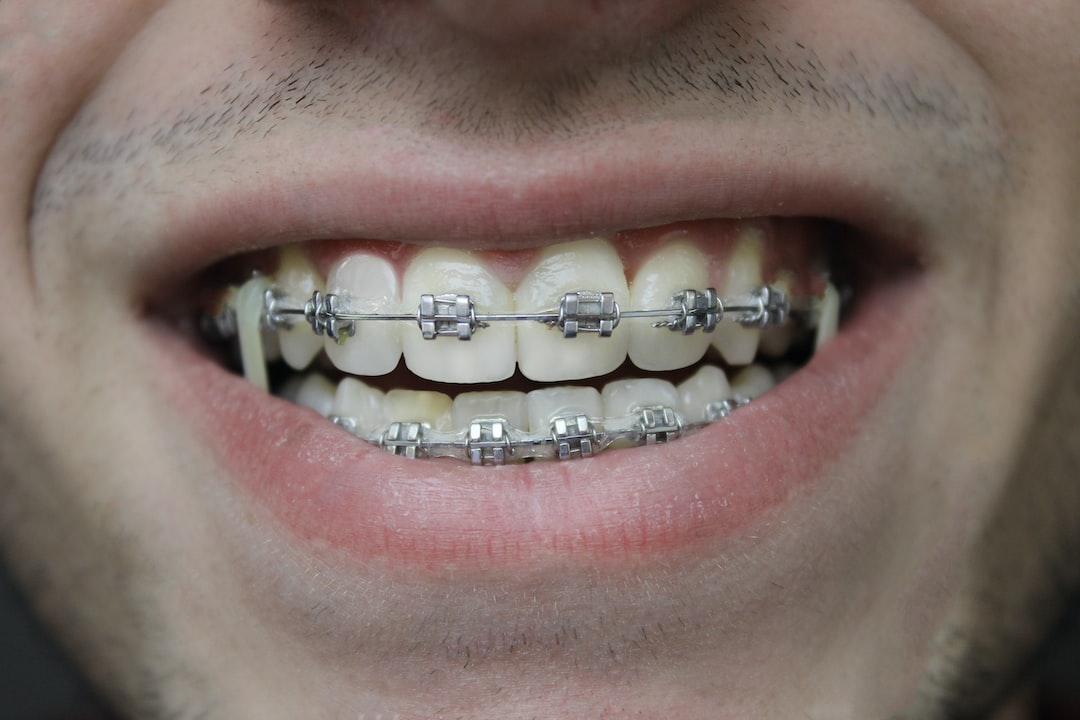Comprehensive Overview to Orthodontics Treatments for Correcting Dental Misalignments
Recognizing the intricacies of each procedure, including their systems, benefits, and prospective downsides, is essential in making informed choices concerning one's orthodontic treatment. As we browse via the thorough guide to orthodontic treatments for remedying dental misalignments, the intricate information of each technique will unfold, losing light on the course toward a harmonious and functional oral positioning.
Orthodontic Procedures Introduction

In enhancement to clear aligners and traditional dental braces, orthodontists may also suggest other treatments like headwear, palatal expanders, or retainers to address details placement problems (cumming orthodontist). These procedures are customized to every client's one-of-a-kind needs and might involve a combination of therapies to accomplish the wanted results. Regular changes and surveillance are vital parts of orthodontic treatment to make certain development gets on track and to make any kind of required alterations in the process. By undertaking orthodontic procedures, individuals can not just achieve a straighter grin but likewise boost their general dental health and function.
Conventional Dental Braces: Exactly How They Function
When thinking about orthodontic therapies for dental misalignments, typical braces stand out as a reliable method for remedying teeth positioning. Standard dental braces consist of brackets, cords, and bands that work together to use continual pressure on the teeth, slowly relocating them into the preferred alignment.
As stress is used to the teeth with the dental braces, the bone bordering the teeth is improved to support the new tooth settings. Individuals will need routine modifications at the orthodontist's workplace to make sure the dental braces continue to apply the appropriate pressure for effective teeth activity.
Invisible Aligners: Cons and pros
These clear, personalized trays are virtually unnoticeable when worn, making them an appealing option for individuals seeking a more aesthetically pleasing orthodontic treatment. Clients can remove the aligners prior to consuming or cleaning their teeth, minimizing the danger of food getting stuck in the appliance and streamlining the cleaning procedure.

Surgical Orthodontic Options
Surgical treatments in orthodontics present practical choices for attending to intricate oral imbalances that might not be properly settled through conventional orthodontic treatments. While conventional braces and unnoticeable aligners can fix lots of orthodontic problems, particular situations call for medical treatment to attain optimum outcomes. Surgical orthodontic alternatives are typically recommended for severe malocclusions, significant jaw discrepancies, and situations where the underlying bone framework requires modification to achieve appropriate positioning.
One usual surgical orthodontic treatment is orthognathic surgical procedure, which entails rearranging the jaws to remedy useful concerns such as difficulty chewing or speaking. This surgical treatment is often performed in partnership with an orthodontist who assists align the teeth before and after the treatment. Surgical orthodontics might additionally entail treatments to reveal influenced teeth, get rid of excess periodontal cells, or improve the jawbone to develop an extra unified facial profile.
Prior to considering surgical orthodontic alternatives, patients undergo an extensive examination to identify the necessity and possible advantages of such interventions. cumming invisalign. While surgical treatment may seem challenging, it can dramatically improve both the function and aesthetics of the smile in situations where standard orthodontic therapies fall short
Retainers and Post-Treatment Treatment

Post-treatment treatment entails complying with the orthodontist's instructions carefully. This might include proper oral hygiene practices, attending follow-up consultations, and wearing the retainers as suggested. check this Failing to adhere to post-treatment care directions can cause relapse, where the teeth slowly relocate back in the direction of their original settings. Regular retainer wear, excellent oral health, and normal dental check-ups are important for preserving the outcomes accomplished with orthodontic surgical treatment and making sure the lasting stability of the fixed dental alignment.
Final Thought
In conclusion, orthodontic treatments use numerous alternatives for remedying oral misalignments. Standard braces use metal brackets and cables to move teeth right into appropriate placement. Unseen aligners provide an even more discreet option but may not be appropriate for all instances. Surgical orthodontic alternatives are available for extra severe imbalances. Retainers are typically made use of post-treatment to maintain the new positioning. Generally, orthodontic treatments can properly boost oral health and wellness and aesthetic appearance.
As we navigate through the thorough guide to orthodontic treatments for correcting dental misalignments, the elaborate details of each approach will certainly unfold, shedding light on the path toward a harmonious and practical dental alignment. - cumming invisalign
One of the most typical orthodontic treatments is the usage of dental braces, which are composed of steel brackets and wires that apply gentle stress to her latest blog slowly move teeth right into the wanted placement.When thinking about orthodontic treatments for dental misalignments, conventional braces stand out as a tried and true technique for remedying teeth placing. Additionally, undetectable aligners may not be suitable for intricate orthodontic problems that require more significant teeth motion, as they are normally suggested for moderate to moderate situations. Retainers are customized orthodontic tools made to hold teeth in their corrected positions after the completion of orthodontic therapy.